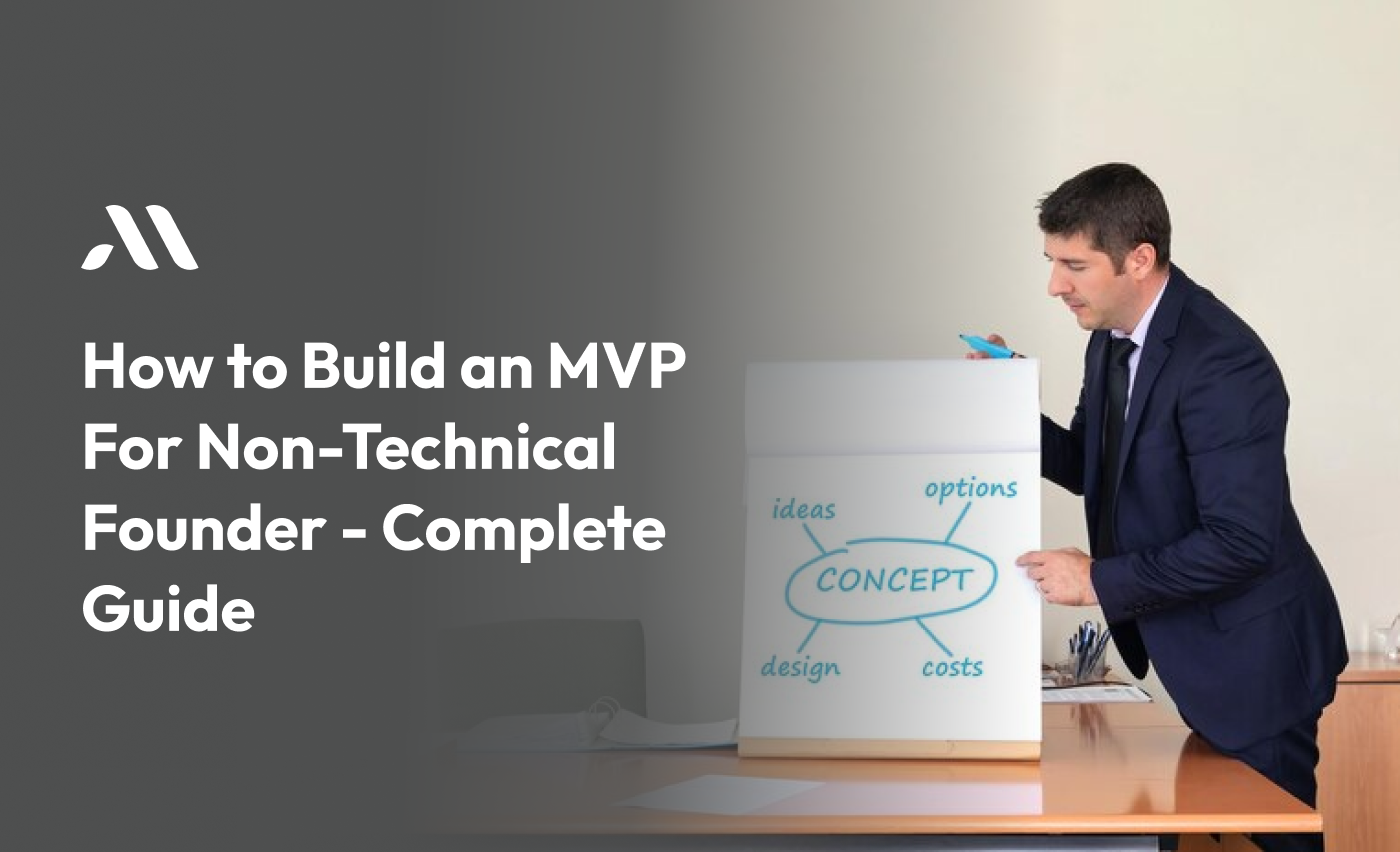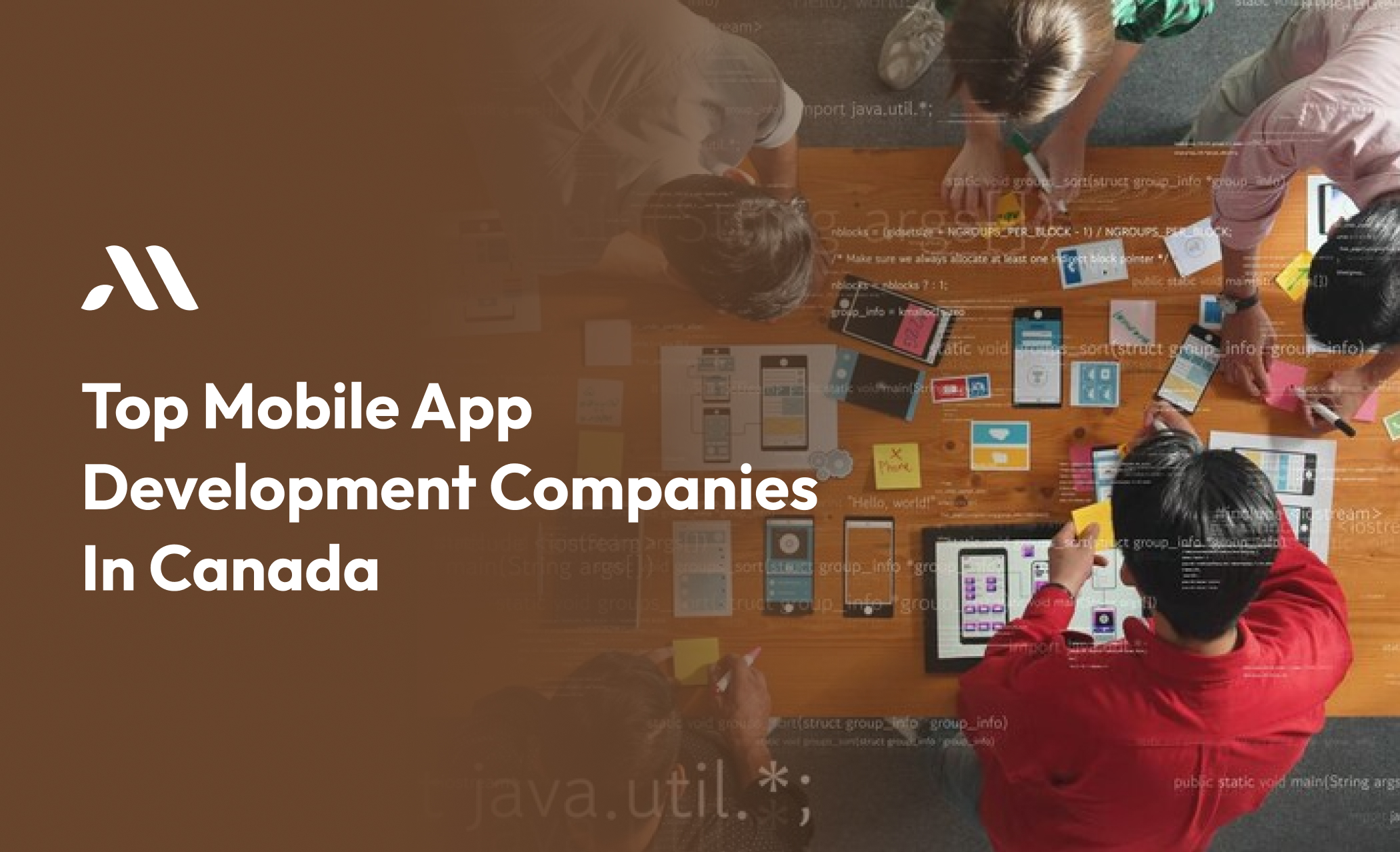Starting a new business is exciting, especially when you have a brilliant idea. But bringing that idea to life can be challenging, especially if you don't have a technical background. If you’re a non-technical founder, the thought of developing a product from scratch can seem overwhelming. But there's a way to make this process easier: Building a Minimum Viable Product (MVP). This guide will show you how to build an MVP, why it's crucial, and how to do it even if you're not tech-savvy.
What is an MVP?
An MVP, or Minimum Viable Product, is the simplest version of your product that can still deliver value to your users. It's a basic model of your idea that includes only the essential features necessary to solve a specific problem for your target audience. The purpose of an MVP is to test your idea with real users quickly and with minimal investment.
Why Build an MVP?
Validate Your Idea: Before investing a lot of time and money into full-scale product development, an MVP lets you test whether there’s a real demand for your idea.
Save Time and Money: By focusing only on the core features, you can bring your product to market faster and at a lower cost.
Attract Investors: A working MVP shows potential investors that you are serious and that your idea has traction.
User Feedback: An MVP allows you to gather feedback from actual users, which is invaluable in shaping the final product.
Step-by-Step Guide to Building an MVP
Step 1: Define the Problem
Start by identifying the problem you want to solve. This is the foundation of your MVP. Ask yourself:
- What pain points are my potential customers experiencing?
- How can my product solve this problem?
Remember: The clearer you define the problem, the easier it will be to create an MVP that resonates with your target audience.
Step 2: Research the Market
Before jumping into development, conduct market research to understand your competition and potential customers. Find out if there are similar products in the market and analyze their strengths and weaknesses.
Tip: Use online surveys, interviews, and competitor analysis to gather insights. This research will help you ensure there’s a demand for your product.
Step 3: List the Core Features
Your MVP should only include the essential features that solve the problem you've identified. Focus on the features that deliver the most value to your users.
- Make a list of all possible features.
- Prioritize them based on importance.
- Select the top 2-3 features that are crucial for solving the core problem.
Note: It's easy to get carried away with adding features, but remember that an MVP should be simple and focused.
Step 4: Sketch Your User Flow
User flow refers to the steps a user takes to complete a task within your product. Sketching out this flow will help you visualize the user experience and identify any potential roadblocks.
For example:
- How does a user sign up?
- What steps do they take to access the main feature?
- How do they complete the core task?
Mapping out the user flow ensures that your MVP will be user-friendly and effective.
Step 5: Create a Prototype
A prototype is a preliminary model of your product. It doesn’t have to be fully functional, but it should give a clear idea of what the final product will look like and how it will work. There are many tools available, such as Figma or Adobe XD, that allow you to create prototypes without any coding knowledge.
"A picture is worth a thousand words, but a prototype is worth a thousand meetings." - Unknown
Step 6: Find a Reliable MVP Development Company
As a non-technical founder, you’ll likely need help turning your prototype into a working MVP. This is where an MVP Development Company comes in. A good MVP development company will have experience working with startups and understand the importance of building a lean, functional product quickly.
How to Choose the Right MVP Development Company:
- Experience: Look for a company that has a track record of building MVPs for startups.
- Portfolio: Review their Past Work to see if they have experience in your industry.
- Communication: Ensure they can explain technical concepts in simple terms and keep you updated throughout the process.
Remember: Your MVP development company is a partner in your success. Choose one that understands your vision and can execute it effectively.
Step 7: Develop and Test Your MVP
Once you’ve chosen a development partner, it’s time to build your MVP. During development, keep communication lines open and regularly check in on progress. Once the MVP is ready, conduct thorough testing to ensure it works as expected and solves the problem for your users.
Testing Tips:
- MVP Test with real users to get genuine feedback.
- Use A/B testing to compare different versions of features.
- Fix bugs and refine the user experience based on feedback.
Step 8: Launch Your MVP
With your MVP developed and tested, it’s time to launch it to your target audience. Use your market research to determine the best channels for reaching potential users, whether it’s social media, Email Marketing, or partnerships with influencers.
According to CB Insights, 42% of startups fail because there's no market need for their product. Launching an MVP can help you avoid this pitfall by ensuring there’s demand before you scale.
Post-Launch: Gather Feedback and Iterate
After launching your MVP, the next step is to gather as much feedback as possible from your users. This feedback is critical in guiding the future development of your product.
Key Metrics to Track:
- User Engagement: Are users actively using your product? Which features are most popular?
- Retention Rate: Are users coming back to your product after their first use?
- Conversion Rate: How many users are completing the core action your MVP is designed for?
Based on this feedback, you can start making improvements, adding new features, or even pivoting your product if necessary.
Also Read - MVP in Agile Development - Meaning and Importance
Common Mistakes Non-Technical Founders Should Avoid
- Overcomplicating the MVP: Remember, an MVP should be simple. Focus on solving one problem well rather than trying to do too much at once.
- Ignoring User Feedback: Your users are your best source of information. Listen to their feedback and be willing to make changes.
- Choosing the Wrong Development Partner: Your MVP development company can make or break your product. Take the time to choose the right partner.
Conclusion
Building an MVP is a crucial step in turning your idea into a reality, especially for non-technical founders. By following this guide, you can create an MVP that validates your idea, saves time and money, and sets the stage for future success.
Final Note: The journey of building an MVP may seem daunting, but with the right approach and the right partners, you can bring your idea to life and start your startup on the path to success.
Ready to bring your startup idea to life? MicraSol specializes in building MVPs for non-technical founders. We’ll help you create a simple, powerful product that meets your needs and saves you time and money. Let’s turn your vision into reality Contact MicraSol today!
Building an MVP is not just about creating a product; it’s about understanding your users, solving their problems, and laying a solid foundation for your startup. Whether you decide to create an MVP on your own or with the help of an MVP development company, the key is to start small, stay focused, and keep learning from your users.
FAQS
What is an MVP, and why do I need one?
An MVP, or Minimum Viable Product, is a simple version of your product that has just the most important features. You need an MVP to test your idea with real users, see if they like it, and gather feedback. It helps you save time and money before creating a full product.
I’m not a tech expert. Can I still build an MVP?
Yes, you can! Even if you’re not a tech expert, you can build an MVP by working with an MVP development company. They can take care of the technical parts while you focus on the idea and the business side.
How do I decide what features to include in my MVP?
Start by thinking about the main problem your product will solve. List all the features you can think of, then pick only the ones that are necessary to solve that problem. Your MVP should be simple and focused on just these core features.
How much does it cost to build an MVP?
The cost of building an MVP can vary depending on the complexity of your idea, the features you want, and the MVP development company you choose. It’s usually much cheaper than building a full product because it focuses on just the basic features.
How long does it take to build an MVP?
Building an MVP can take a few weeks to a few months, depending on the complexity of the project and how quickly decisions are made. The goal is to get something basic up and running quickly so you can start testing it with users.








